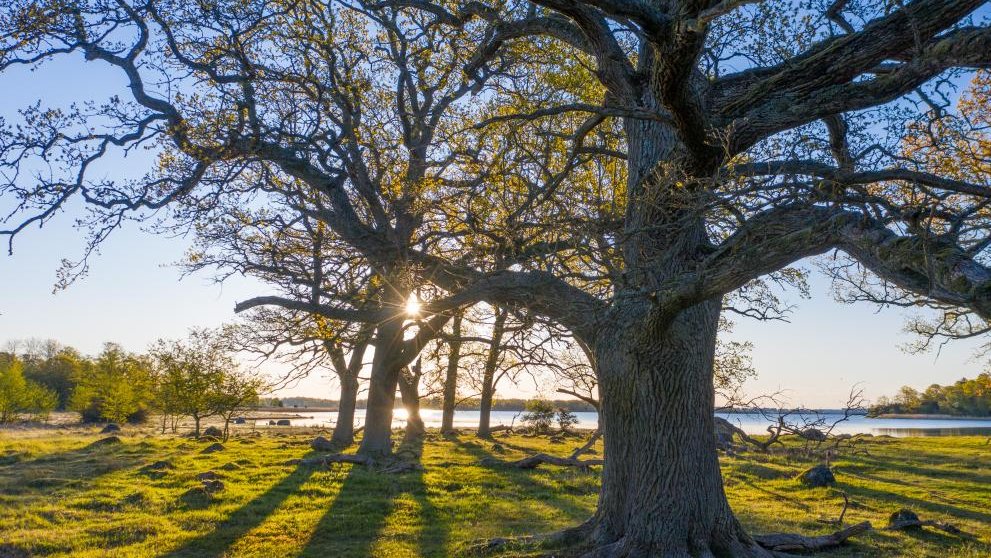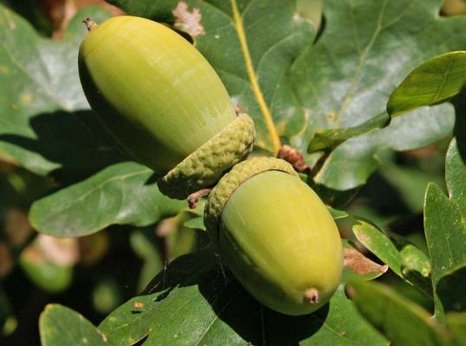

Overview
Many plant and animal species depend on landscapes with oak trees of different sizes and ages, including a stable supply of old hollow oaks. Landscape changes and poor management of such habitats in Sweden have resulted in their fragmentation, leading to the decline or even to the extinction of associated species, such as the hermit beetle, the great capricorn beetle, the stag beetle and the pseudoscorpion Anthrenochernes stellae.
In the “Bridging the Gap” project – funded by the EU LIFE programme - the County Administrative Board of Östergötland and its four partner organisations implemented a range of actions to support oak habitats and associated species, including:
- Clearance of overgrown vegetation to restore a semi-open landscape.
- Introducing (micro-)habitats typical of old forests into younger forest through “veteranisation” (damaging younger trees to initiate decay), log piles and wood mould boxes, in order to bridge the “temporal” gaps between young and old forests and provide habitat continuity for species linked to decaying wood or tree cavities.
- Reinstating livestock grazing to maintain the wooded pastures in good condition and reduce canopy cover, to the benefit of both nature and local livestock farmers.
As a result of these activities, more than 1,400 hectares of oak habitat have been improved in 30 Natura 2000 sites in the counties of Blekinge, Kalmar and Östergötland in southern Sweden. Many of the species living in these habitats have responded unexpectedly well to the tested methods. For example, a total of 211 species of saproxylic beetles have been discovered in the restored habitats, with 18 of them listed on the Swedish Red List of threatened species.
Over the course of the project, the understanding of the requirements of oak habitats and their species has greatly improved amongst project partners. They have shared this information with conservationists, landowners, contractors and the public through various means, including an online oak habitat handbook, short films, walks, talks, an audio guide and podcasts.
This successful initiative has created the right conditions for further improving conservation work focusing on oak habitats in the near future.
Pictures from the finalist

